Data-Driven Reports Show Jama Connect® Outperforms Key Competitors Polarion and Codebeamer
Finding the right requirements management software can make or break your product development process. With countless options flooding the market, how do you separate genuine value from marketing hype? Two new comprehensive reports – Head-to-Head Requirements Management: Jama Connect® vs Polarion and Head-to-Head Requirements Management: Jama Connect® vs Codebeamer -from SoftwareReviews provide the answer with data-driven insights that cut through the noise.
These head-to-head comparisons pit Jama Connect against two major competitors: Polarion ALM and Codebeamer. Based on verified user feedback from the July 2025 Data Quadrant Award, the results paint a clear picture of industry leadership that might surprise you.
The Data Behind the Decisions
SoftwareReviews, a division of Info-Tech Research Group with over two decades of research experience, doesn’t rely on vendor claims or marketing materials. Their methodology digs deep into real user experiences, collecting over 130 data points on each product across the entire software lifecycle.
Every review undergoes rigorous quality assurance to ensure authenticity. Only verified users with legitimate credentials can participate, creating a trustworthy foundation for decision-making. This approach reveals insights you won’t find in traditional product comparisons or vendor demonstrations.
The reports examine both quantitative metrics and qualitative feedback, measuring everything from technical capabilities to emotional satisfaction. This comprehensive view helps you understand not just what the software can do, but how it feels to work with it daily.
RELATED: The Benefits of Jama Connect: Supercharge Your Systems Development and Engineering Process
Five Critical Areas That Define Success
Strategy and Innovation
Your requirements management platform needs to evolve with your business. The reports evaluate how well each vendor demonstrates forward-thinking innovation and supports customer growth initiatives. Jama Connect shows particularly strong performance in helping customers innovate and continually improving their platform.
Users consistently report that Jama Connect inspires innovation within their organizations, while competitors struggle to maintain the same level of strategic vision. This matters because today’s software purchase becomes tomorrow’s competitive advantage — or disadvantage.
Service Experience
Technical support can make or break your software experience. When critical projects hang in the balance, you need responsive, effective support that treats your business with respect. The data reveals significant differences in how vendors handle customer relationships.
Jama Connect users report notably higher satisfaction with service quality, describing interactions as respectful, efficient, and time-saving. This translates to faster problem resolution and less downtime for your team.
Product Experience
Features matter, but user experience determines adoption success. The reports examine how well each platform enhances performance, maintains reliability, and protects organizational data. These factors directly impact productivity and user satisfaction across your entire team.
The comparison reveals substantial gaps in product experience metrics, with Jama Connect consistently outperforming competitors in reliability and productivity enhancement. Users describe the platform as performance-enhancing rather than burdensome.
Negotiation and Contract
Software procurement involves complex negotiations that set the tone for your entire vendor relationship. The reports evaluate how vendors handle contract discussions, pricing transparency, and initial relationship building.
Data shows marked differences in negotiation approaches, with some vendors prioritizing client interests while others focus primarily on their own objectives. These patterns often predict long-term satisfaction levels.
Conflict Resolution
Disputes and disagreements inevitably arise during software relationships. How vendors handle these situations reveals their true character and commitment to customer success. The reports examine trustworthiness, fairness, and integrity under pressure.
Results show significant variation in conflict resolution approaches, with some vendors maintaining professionalism while others become adversarial. Understanding these tendencies helps you choose partners who will support your success even when challenges arise.
RELATED: IBM Customers Choose Jama Connect the Most
Beyond Surface-Level Comparisons
Traditional software evaluations focus on feature checklists and pricing tables. These reports dig deeper into the human elements that determine real-world success. They examine emotional footprints, measuring user sentiment across multiple dimensions of vendor relationships.
The Net Emotional Footprint Score captures user feelings about vendor trustworthiness, respect, and fairness. These emotional responses predict long-term satisfaction better than technical specifications alone. The data reveals substantial differences between vendors in building positive user relationships.
Users don’t just evaluate software — they evaluate the entire experience of working with a vendor. This includes everything from initial sales interactions through ongoing support relationships. The reports capture these nuanced experiences that traditional product reviews miss.
RELATED: Companies Choose Jama Connect Over Codebeamer
Comprehensive Feature Analysis
The reports examine 11 core product features specific to requirements management, including:
- Agile Work Management: Sprint planning, backlog management, and artifact hierarchy
- ALM Integration: Cross-phase artifact integration through APIs and internal systems
- Analytics and Reporting: Real-time dashboards and data extraction capabilities
- Artifact Management: Creation, reuse, and audit capabilities for project artifacts
- Collaboration: Real-time work sharing and communication features
Each feature receives detailed evaluation based on actual user experiences rather than vendor specifications. This reveals gaps between promised functionality and delivered value.
The analysis shows consistent patterns of performance across feature sets, helping you identify vendors who excel broadly rather than in isolated areas. This comprehensive view prevents costly surprises after implementation.
Vendor Capability Deep Dive
Beyond product features, the reports evaluate 11 essential vendor capabilities that determine long-term partnership success:
- Business Value Creation: Ability to generate organizational value
- Vendor Support: Quality and timeliness of customer assistance
- Usability and Intuitiveness: Learning curves and adoption barriers
- Implementation Ease: Deployment complexity and timeline predictability
- Data Integration: Compatibility with existing systems
These capabilities often matter more than individual features because they affect every aspect of your software experience. Vendor support quality, for instance, impacts how quickly you resolve issues and implement new functionality.
The data reveals significant performance variations across these capabilities, with some vendors excelling consistently while others show uneven performance. This information helps you avoid vendors who might excel in sales presentations but struggle with execution.
RELATED: Discover Why Polarion Users Are Switching to Jama Connect
Making Data-Driven Decisions
Requirements management software represents a significant investment in both financial and organizational terms. The wrong choice creates cascading problems that affect project timelines, team productivity, and business outcomes. These reports provide the evidence needed to make confident decisions.
User feedback reveals real-world performance under actual business conditions. You’ll learn how software performs during high-stress periods, how vendors respond to urgent support requests, and how well platforms scale with growing requirements.
The comparative format lets you evaluate trade-offs between different approaches. Some vendors prioritize feature breadth while others focus on user experience. Understanding these strategic differences helps you align vendor strengths with your organizational priorities.
Your Next Steps
Don’t let requirements management software decisions rest on vendor demonstrations and marketing materials alone. These comprehensive reports provide verified user insights that reveal true performance patterns and vendor capabilities.
The data shows clear performance leaders across multiple evaluation categories, but your specific needs might prioritize different factors. Download both reports to understand the complete competitive landscape and identify the best fit for your organization.
Each report includes detailed breakdowns of user satisfaction metrics, feature comparisons, and vendor capability assessments. You’ll gain access to insights from verified users who’ve implemented these platforms in real business environments.
Requirements management affects every aspect of product development. Choose your platform based on comprehensive data rather than surface-level impressions. These reports provide the evidence you need to make decisions that drive long-term success.
Download the comprehensive head-to-head comparison reports against Polarion, Codebeamer, and IBM® DOORS Next® today and discover why users consistently choose Jama Connect for their requirements management needs.
Note: This article was drafted with the aid of AI. Additional content, edits for accuracy, and industry expertise by Mario Maldari, Makenna Imholte, McKenzie Jonsson, and Decoteau Wilkerson.

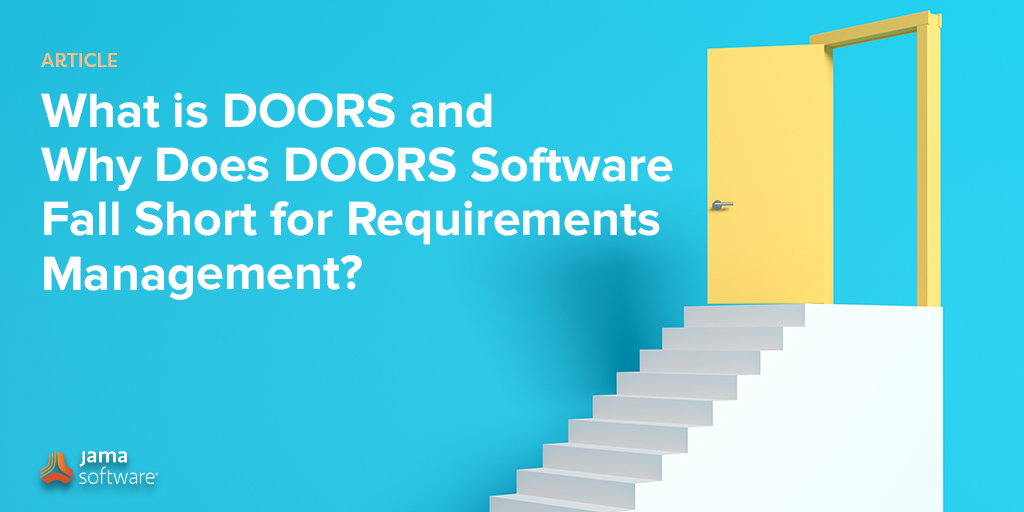




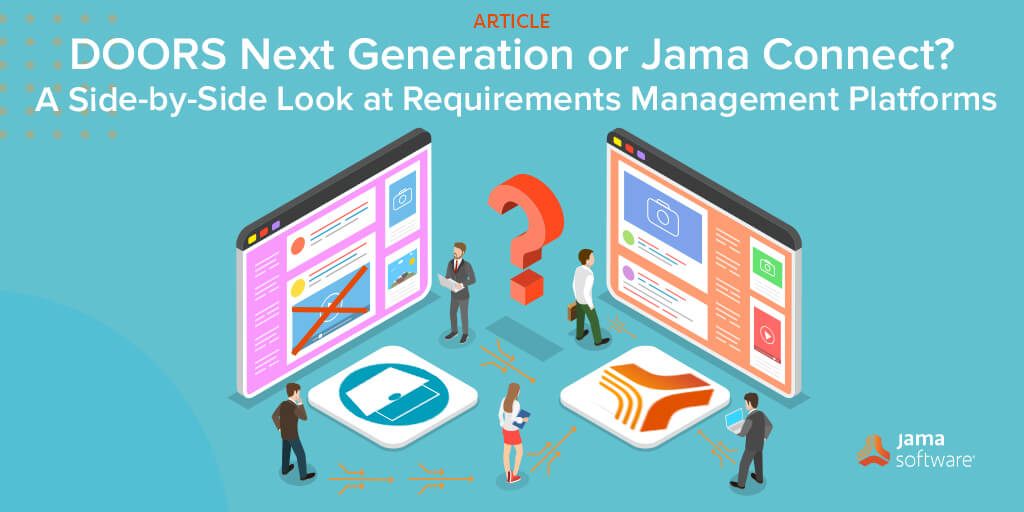
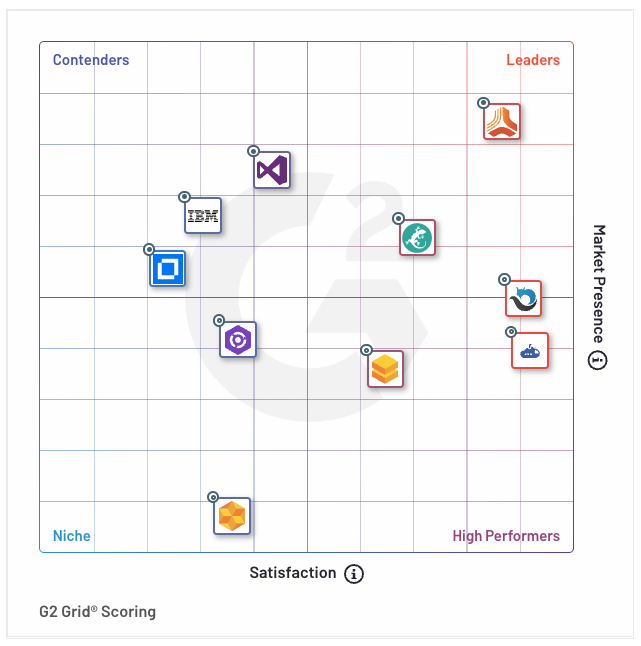
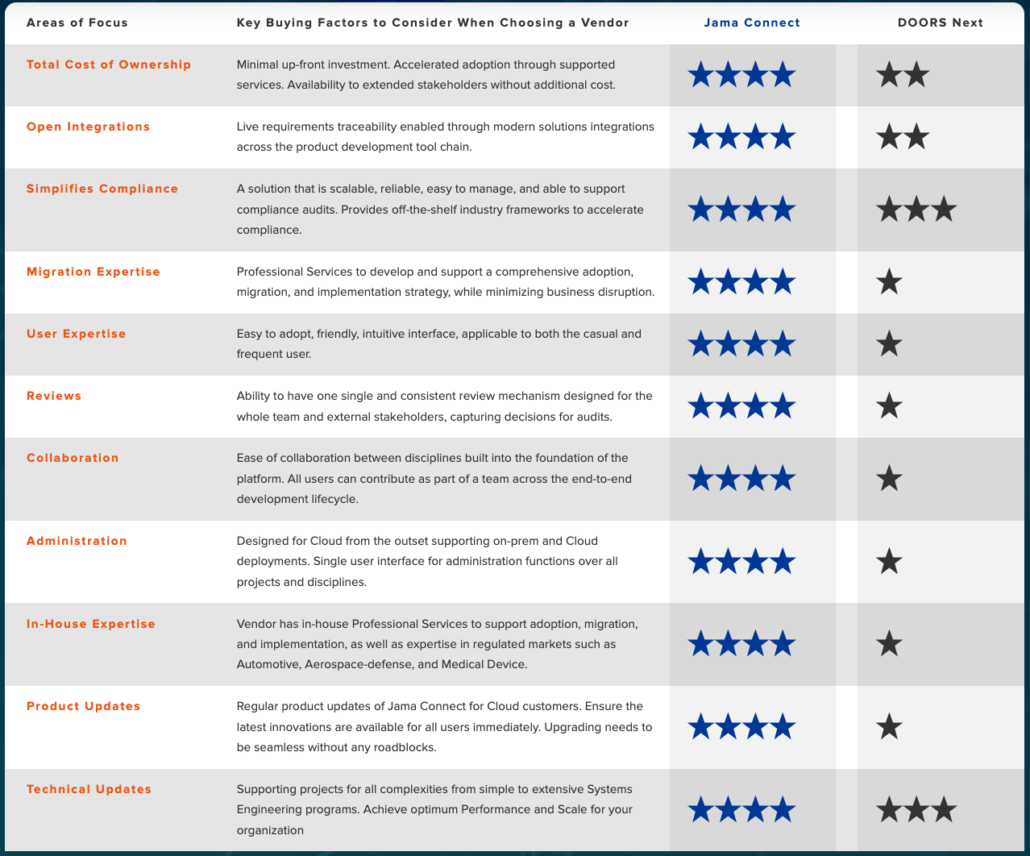
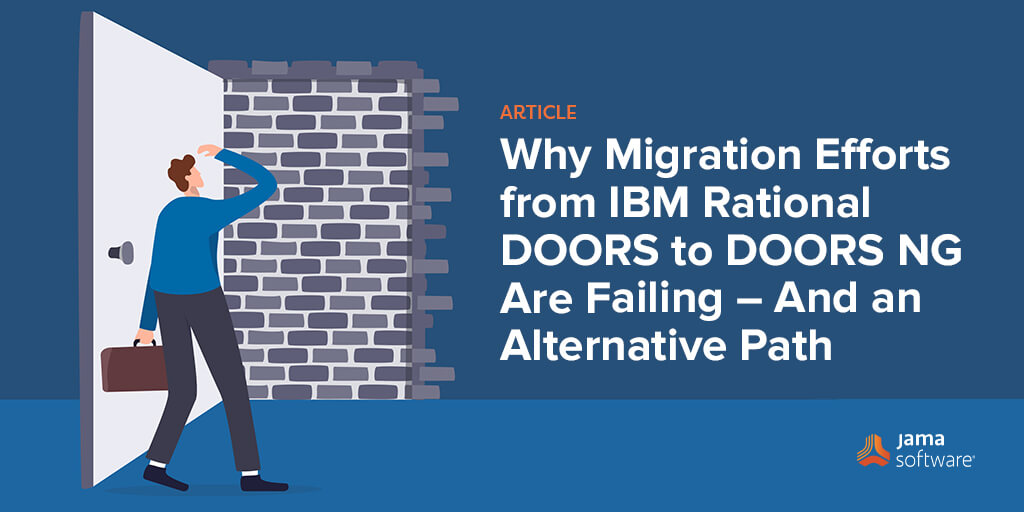
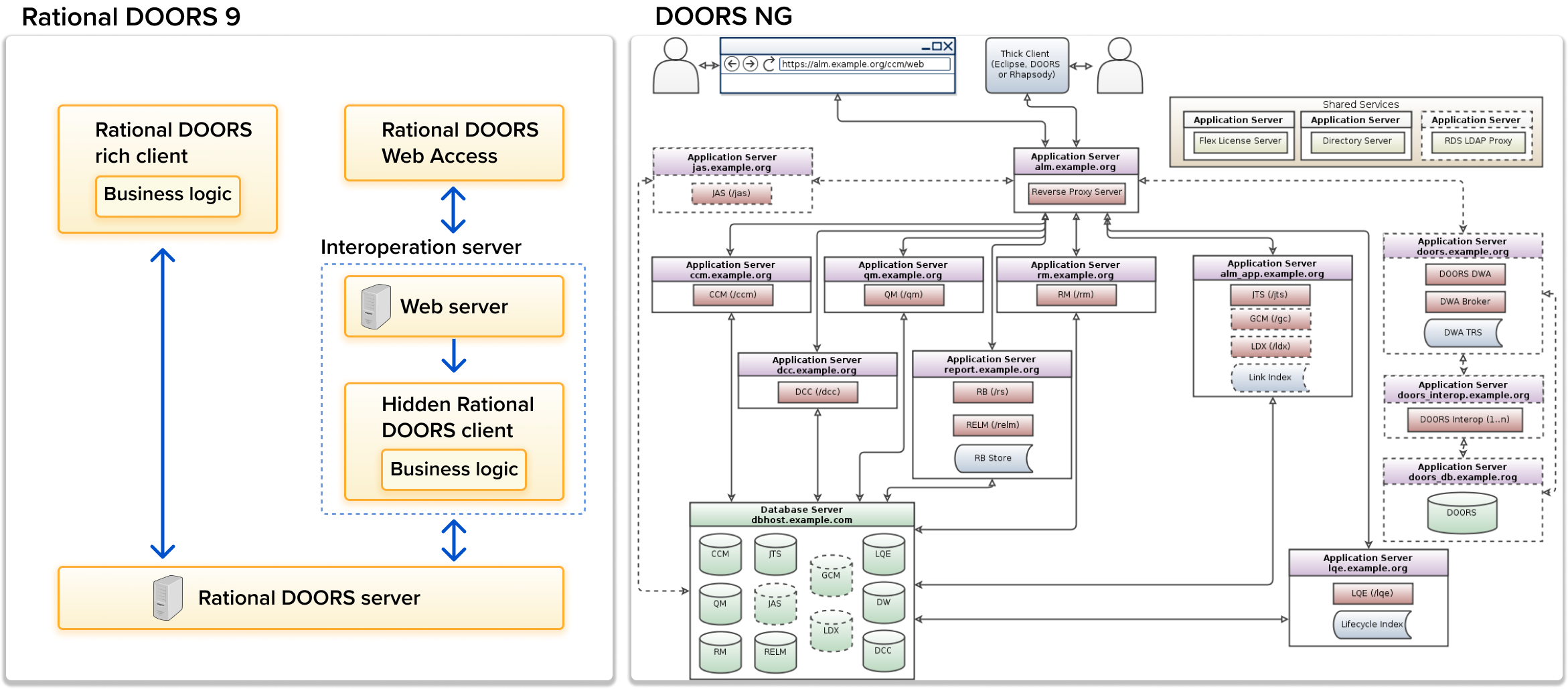

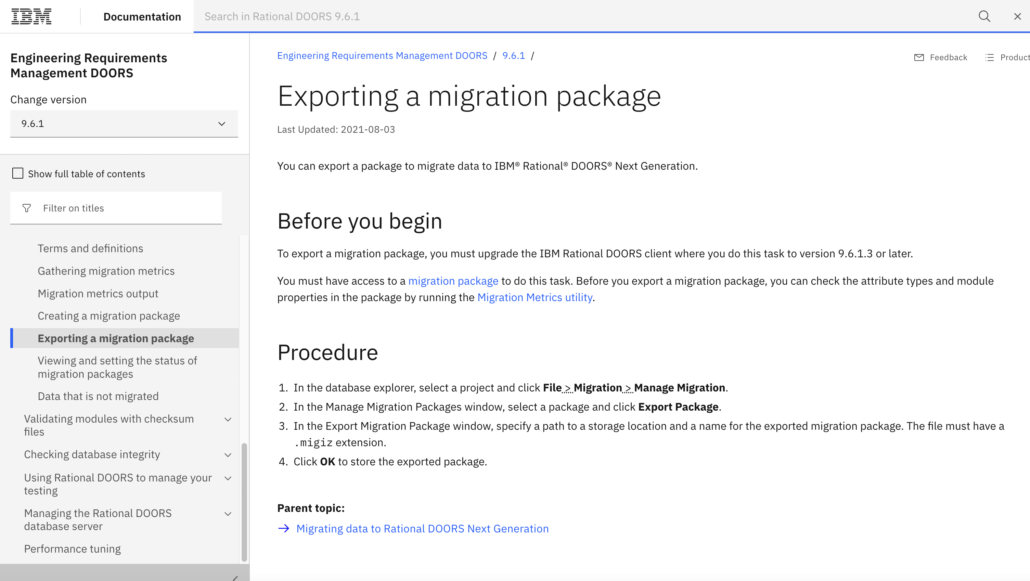
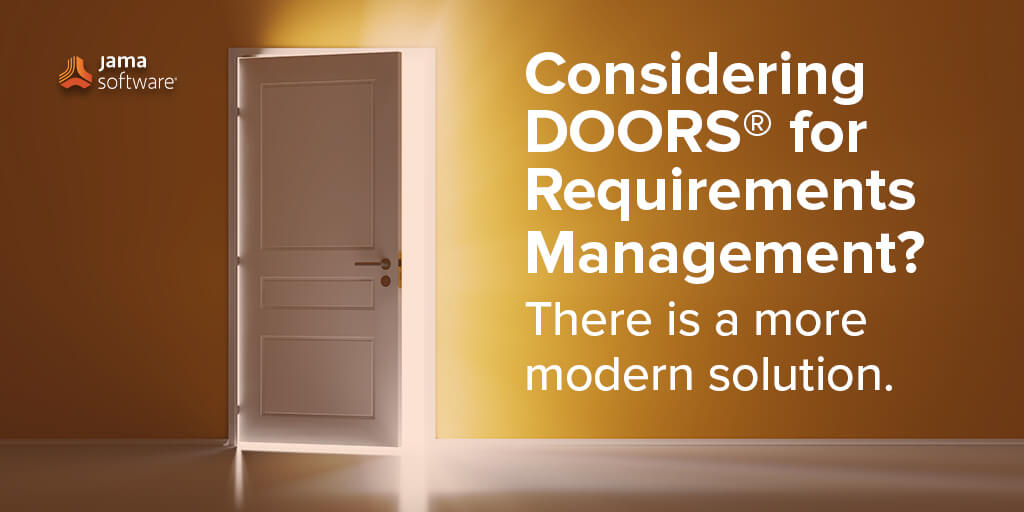



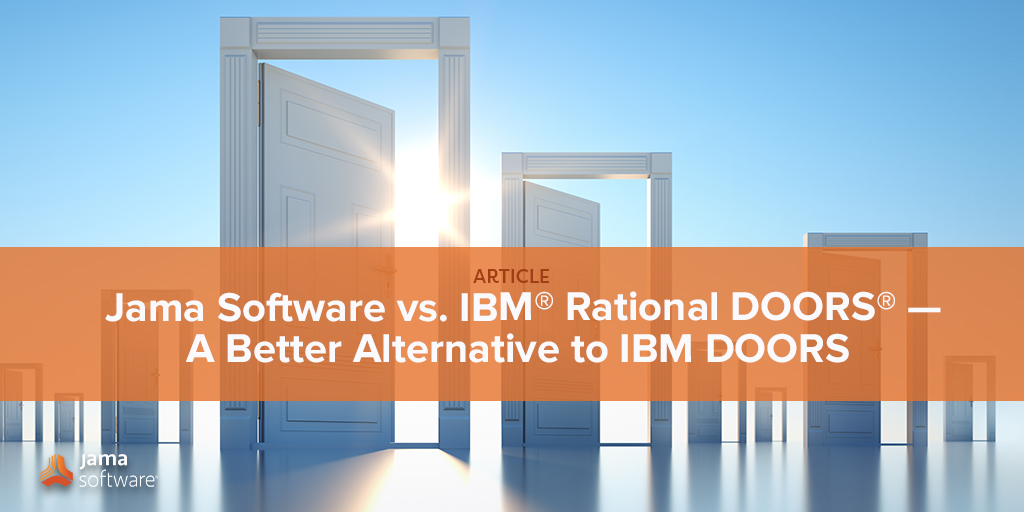 Product development teams face many challenges in today’s fast-moving and increasingly regulated environment. Potential missteps, however, can create an expensive ripple effect throughout the product development cycle, with the potential for missed deadlines, compliance issues and more.
Product development teams face many challenges in today’s fast-moving and increasingly regulated environment. Potential missteps, however, can create an expensive ripple effect throughout the product development cycle, with the potential for missed deadlines, compliance issues and more.